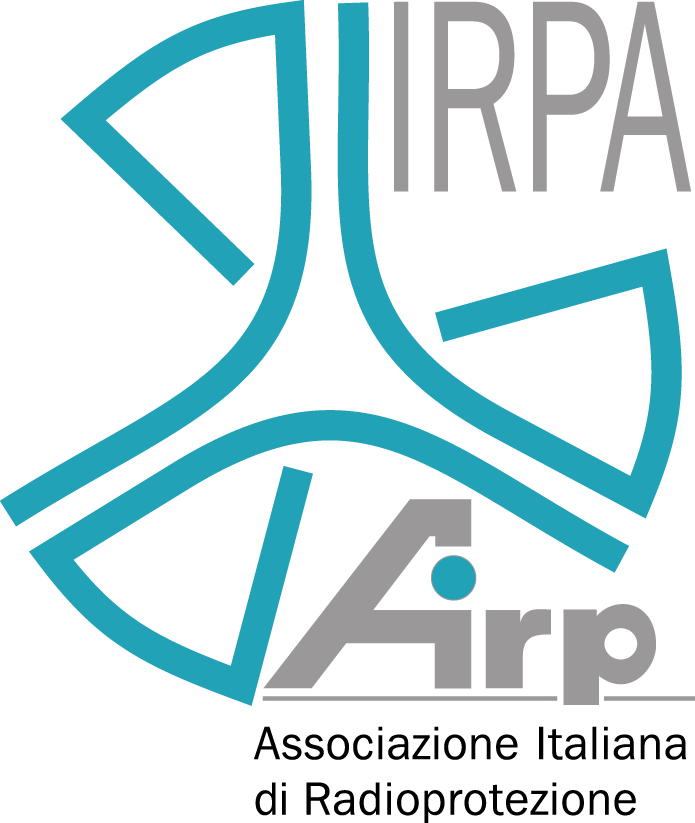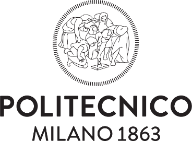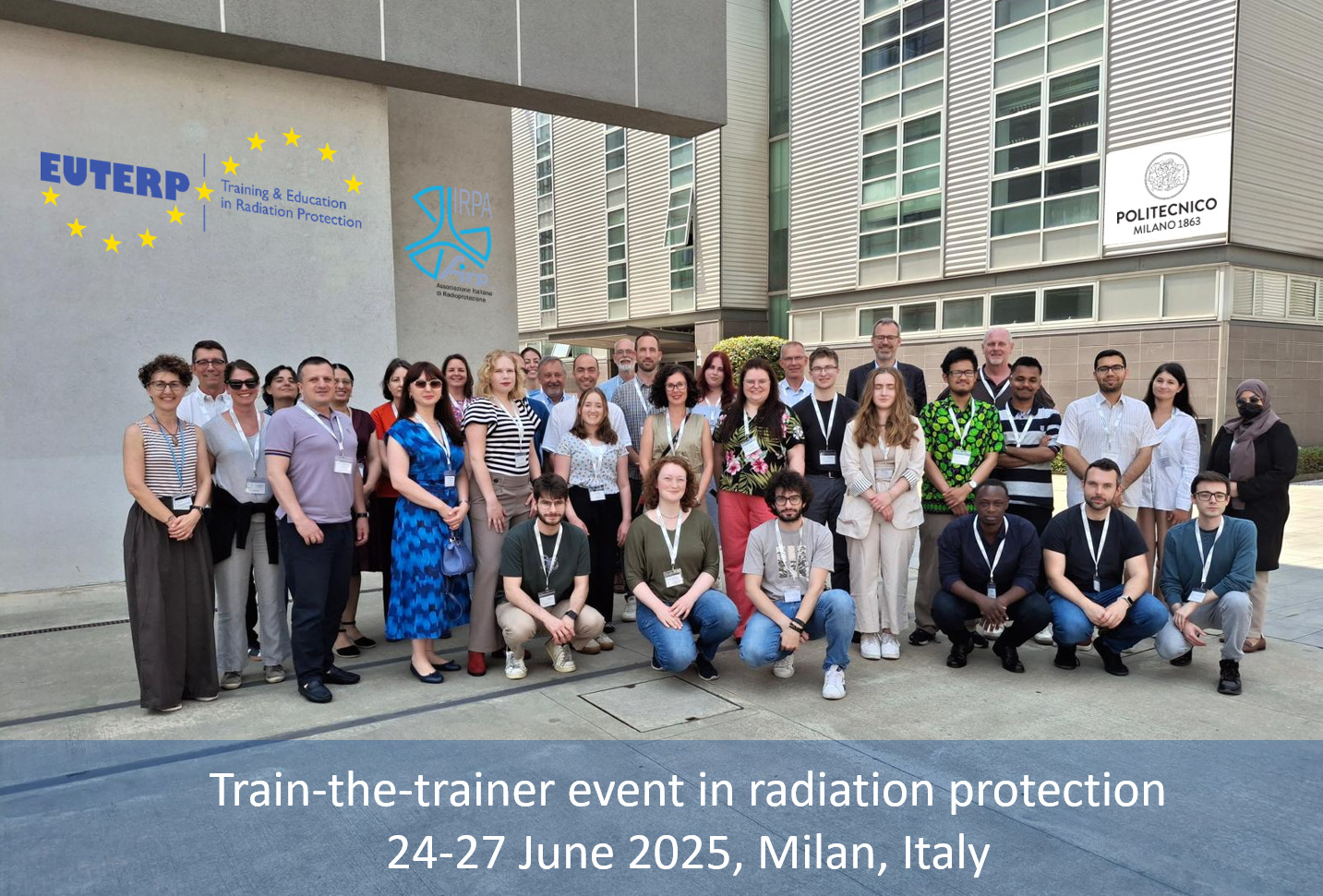AIRP-EUTERP Train-the-trainer event
The Use of New Technologies in E&T
Background
Nuclear and radiological applications are part of our daily life in our society, where they represent a stable energy source, enable the effective diagnoses and treatments in a medical context and optimize industrial processes.
As numerous countries have expressed their ambition to expand these practices, it is important that ample professionals have the necessary knowledge, skills and competences to ensure the safe use of ionizing radiation.
In particular, professionals in radiation protection such as radiation protection experts (RPE), radiation protection officers (RPO) ensure the protection of workers, the public and the environment against detrimental effects associated with an exposure to ionizing radiation. Dedicated education and training activities for these profiles are in place in most countries, but must be made future proof to anticipate to the rapid changing evolutions and applications. In line with the ICRP Vancouver Call for Action to strengthen expertise in radiological protection worldwide, EUTERP is undertaking concrete actions to support the education and training community in radiation protection.
In close collaboration with the Italian Association of Radiation Protection (AIRP) and Politecnico di Milano (POLIMI), EUTERP organized a European train-the-trainer event in Milan, Italy from 24th to 27th June 2025.
Although the EU has a shared framework for radiation protection, as noted above, the enforcement and focus of national regulations vary, with some prioritizing specific areas such as medical exposure, nuclear safety, or radon mitigation. Given the broad impact of radiation risks across multiple sectors, a common approach to training helps to support the maintenance of consistent safety standards between countries. Using modern training methodologies such as AR and VR also allows for behavioral training in safe conditions, underlining the ALARA methodology. In addition, common tools, including specialized software and protective equipment, enhance communication and coordination, particularly during emergencies, where swift and unified responses are critical to mitigating radiation hazards.
Aim and objectives
The objective of this event was helping to equip participants with modern and effective training methods and tools to ensure consistent radiation protection training, support cross-border collaboration and mobility.
The event, which was conducted in English, included theoretical classes and hands-on practical training.
Practical training methodologies focused on the use of advanced virtual reality (VR) equipment, selected online resources and artificial intelligence.
Augmented-reality applications to teach the basics of radiation protection (such as the properties of different types of radiation) or Virtual-Reality environments to determine the half-life of radionuclides were explored and tested. Virtual laboratories for checking radiation protection measures in these laboratories or for carrying out radiochemical experiments were also explored.
Target audience
This event was targeted to students and professionals in radiation protection who wish to explore modern teaching methodologies and tools.
Programme and presentations
Aftermovie
Venue
The classes took place at the Council Room at Building BL25 of Politecnico di Milano, Italy, a venue with a seating capacity of 100 participants.
The practical sessions took place in two state-of-the-art VR Lab classrooms, each designed to accommodate up to 45 participants. Participants shared 15 stations equipped with desktop PCs, 15 Meta Quest 2 headsets, and 15 USB-connected gamepads.
Exact location:
Theoretical classes: Building BL25, Politecnico di Milano, via Raffaele Lambruschini, 4, 20156 Milan
Practical training on June 26:
- Room L.0.4, Building B12, via Privata Giuseppe La Masa, 34, 20156 Milano
- Room 2.2.5, Building 2, Piazza Leonardo da Vinci, 32, 20133 Milano
Registration fees
AIRP and EUTERP Associate members: 300 €
HERCA, IRPA, ICRP & EURADOS members: 350 €
Regular Fee: 400 €
Students: 100 €
The fee covered all course materials, lunches and refreshments during breaks.
The Course also provided hours-credits for Radiation Protection Expert as established by the Italian D.Lgs 101/20.
Limited financial support was available through the ENEN2plus project. For more information, please contact tclarijs@sckcen.be. (evaluation criteria)
Practical information and registration
The course accommodated up to 90 participants, admitted on a first-come, first-served basis, with 15 spots reserved for students.
Registration was exclusively available from April 4, 2025 online through the website of the Italian Association of Radiation Protection.
For questions, please contact secretary@euterp.eu.
 |
 |
